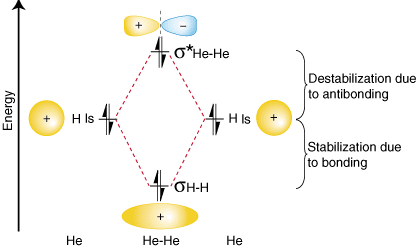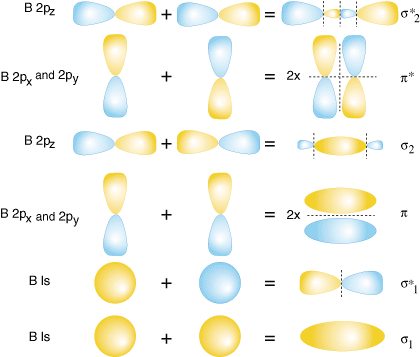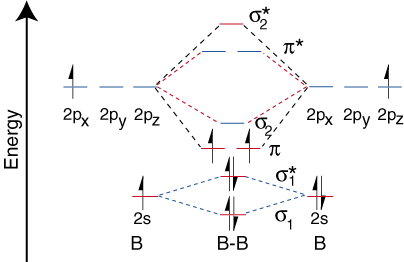Please wait while we process your payment
If you don't see it, please check your spam folder. Sometimes it can end up there.
If you don't see it, please check your spam folder. Sometimes it can end up there.
Please wait while we process your payment

By signing up you agree to our terms and privacy policy.
Don’t have an account? Subscribe now
Create Your Account
Sign up for your FREE 7-day trial
By signing up you agree to our terms and privacy policy.
Already have an account? Log in
Your Email
Choose Your Plan
Individual
Group Discount
Save over 50% with a SparkNotes PLUS Annual Plan!
 payment page
payment page
Purchasing SparkNotes PLUS for a group?
Get Annual Plans at a discount when you buy 2 or more!
Price
$24.99 $18.74 /subscription + tax
Subtotal $37.48 + tax
Save 25% on 2-49 accounts
Save 30% on 50-99 accounts
Want 100 or more? Contact us for a customized plan.
 payment page
payment page
Your Plan
Payment Details
Payment Summary
SparkNotes Plus
You'll be billed after your free trial ends.
7-Day Free Trial
Not Applicable
Renews July 21, 2025 July 14, 2025
Discounts (applied to next billing)
DUE NOW
US $0.00
SNPLUSROCKS20 | 20% Discount
This is not a valid promo code.
Discount Code (one code per order)
SparkNotes PLUS Annual Plan - Group Discount
Qty: 00
SparkNotes Plus subscription is $4.99/month or $24.99/year as selected above. The free trial period is the first 7 days of your subscription. TO CANCEL YOUR SUBSCRIPTION AND AVOID BEING CHARGED, YOU MUST CANCEL BEFORE THE END OF THE FREE TRIAL PERIOD. You may cancel your subscription on your Subscription and Billing page or contact Customer Support at custserv@bn.com. Your subscription will continue automatically once the free trial period is over. Free trial is available to new customers only.
Choose Your Plan
This site is protected by reCAPTCHA and the Google Privacy Policy and Terms of Service apply.
For the next 7 days, you'll have access to awesome PLUS stuff like AP English test prep, No Fear Shakespeare translations and audio, a note-taking tool, personalized dashboard, & much more!
You’ve successfully purchased a group discount. Your group members can use the joining link below to redeem their group membership. You'll also receive an email with the link.
Members will be prompted to log in or create an account to redeem their group membership.
Thanks for creating a SparkNotes account! Continue to start your free trial.
We're sorry, we could not create your account. SparkNotes PLUS is not available in your country. See what countries we’re in.
There was an error creating your account. Please check your payment details and try again.
Please wait while we process your payment

Your PLUS subscription has expired
Please wait while we process your payment
Please wait while we process your payment

Molecular Orbital Theory
To demonstrate why it is important to take the number of antibonding electrons into account in our bond order calculation, let us consider the possibility of making a molecule of He2. An orbital correlation diagram for He2 is provided in :

From the orbital correlation diagram above you should notice that the amount of stabilization due to bonding is equal to the amount of destabilization due to antibonding, because there are two electrons in the bonding orbital and two electrons in the antibonding orbital. Therefore, there is no net stabilization due to bonding so the He2 molecule will not exist. The bond order calculation shows that there will be a bond order of zero for the He2 molecule--exactly what we should predict given that helium is a noble gas and does not form covalent compounds.
Both hydrogen and helium only have 1s atomic orbitals so they produce very simple correlation diagrams. However, we have already developed the techniques necessary to draw a correlation diagram for a more complex homonuclear diatomic like diboron, B2. Before we can draw a correlation diagram for B2, we must first find the in-phase and out-of-phase overlap combinations for boron's atomic orbitals. Then, we rank them in order of increasing energy. Each boron atom has one 2s and three 2p valence orbitals. Due to the great difference in energy between the 2s and 2p orbitals, we can ignore the overlap of these orbitals with each other. All orbitals composed primarily of the 2s orbitals will be lower in energy than those comprised of the 2p orbitals. shows the process of creating the molecular orbitals for diboron by combining orbitals of atomic boron. Note that the orbitals of lowest energy have the most constructive overlap (fewest nodes) and the orbitals with the highest energy have the most destructive overlap (most nodes).

Notice that there are two different kinds of overlap for p-orbitals--end-on and side-on types of overlap. For the p-orbitals, there is one end-on overlap possible which occurs between the two pz. Two side-on overlaps are possible--one between the two px and one between the two p y. P-orbitals overlapping end-on create s bonds. When p-orbitals bond in a side-on fashion, they create p bonds. The difference between a p bond and a s bond is the symmetry of the molecular orbital produced. s bonds are cylindrically symmetric about the bonding axis, the z-direction. That means one can rotate the s bond about the z-axis and the bond remains the same. In contrast, p bonds lack that cylindrical symmetry and have a node passing through the bonding axis.
Now that we have determined the energy levels for B2, let's draw the orbital correlation diagram ():

The orbital correlation diagram for diboron, however, is not generally applicable for all homonuclear diatomic molecules. It turns out that only when the bond lengths are relatively short (as in B2, C2, and N2) can the two p-orbitals on the bonded atoms efficiently overlap to form a strong p bond. Some textbooks explain this observation in terms of a concept called s-p mixing. For any atom with an atomic number greater than seven, the p bond is less stable and higher in energy than is the s bond formed by the two end-on overlapping p orbitals. Therefore, the following orbital correlation diagram for fluorine is representative of all homonuclear diatomic molecules with atomic numbers greater than seven.
Please wait while we process your payment

